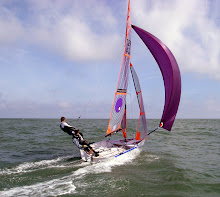The James Craig was originally built in Sunderland in England in 1874 and was launched as the Clan Macleod. She was used to carry general cargo between England, New Zealand and the United Staes with the occassional visit to Australia. Below the main deck the entire hull was used for storage of cargo. The hull itself was made of iron as were the major parts of the masts and lower yards. Iron was used in shipbuilding because of its strength not its longevity.
The ship was transferred into the ownership of Mr JJ Macleod of Auckland in 1900 and was renamed the James Craig after his eldest son in 1905. The ship was now used mainly in the trans-Tasman route again carrying general cargo.
In 1911 with steamships supplanting sailing ships in the carriage of cargo James Craig was uneconomical to run and so was sold to a company in New Guinea, stripped of all her upperworks and used as a copra hulk for seven years.
A reprieve was granted in 1918 as much of the available steamship fleet has been destroyed in World War One and anything that could float and carry cargo was being used again. James Craig's Tasmanian connection was formed with Henry Jones' IXL company buying her for a general suply vessel, which lasted until 1922 when she again became uncompetitive with steamships.
James Craig again was stripped down and became a coal hulk for the Catamaran Coasl Mining Company until 1930 when the coal mine closed. That chapter of the James Craig's life finished when she was scuttled in Recherche Bay Tasmania by blowing a three metre wide hole in the stern to avoid her becoming a navigation hazard.
Subscribe to:
Post Comments (Atom)

No comments:
Post a Comment